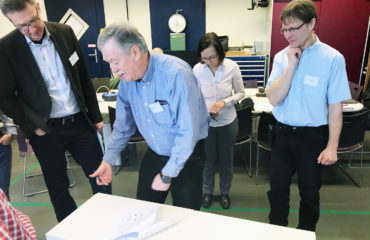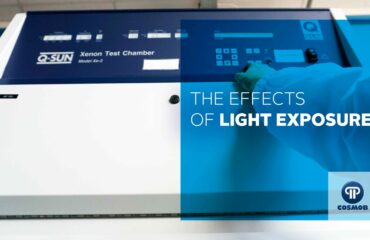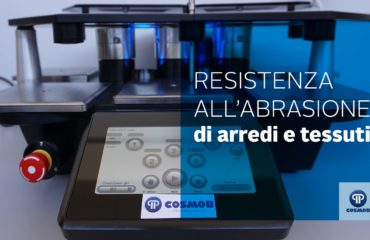Indoor Air Quality: why is it important?
The control of air quality in indoor environments with references to comfort, productivity and health of the occupants is now a topic of increasing interest: the same current context makes it even more urgent the need to have domestic spaces, healthy and comfortable school, work and public health to ensure the well-being and health protection of the final consumer.
 Building materials, paints, varnishes, floorings and furnishings are among the most common air contaminants in neighboring environments because they tend to release over time dangerous substances, the so-called Volatile Organic Compounds (VOC) among which is well-known the formaldehyde.
Building materials, paints, varnishes, floorings and furnishings are among the most common air contaminants in neighboring environments because they tend to release over time dangerous substances, the so-called Volatile Organic Compounds (VOC) among which is well-known the formaldehyde.
In fact, they are the materials used in the furniture industry, together with the paints and adhesives used for the realization of finished furniture to represent the main sources of indoor pollution because they contain highly volatile organic substances that once evaporated contaminate the air.
These compounds entering our body by inhalation, cause in the long term harmful health effects such as asthma, cardiovascular disease and damage to the nervous system.
Even in the short term more mild symptoms may occur such as cough, headache and skin irritation.
Test methods for measuring VOC emissions
The measurement and control of VOC emissions is currently a particularly important issue for both the market and for companies, due to the increasing sensitivity towards the safety of finished products and indoor air quality.
To date, there are many test methods for determining emissions of volatile organic compounds in indoor environments: internationally, the method for measuring VOC emissions from raw materials and finished products is described in UNI EN ISO 16000-9:2006 -“Determination of emissions of volatile organic compounds from construction products and furniture – Emission chamber method” while in the European context, the reference standard is UNI EN 16516:2020 -“Construction products – Dangerous substances release assessment – Determination of emissions to the internal environment”.
Also internationally, the ANSI/BIFMA M7.1 -2011 (R 2016) test method is the reference method for the evaluation of the emission of VOC for furniture products, simulating the environmental conditions typical of indoor buildings.
This method can be used to determine both the emission characteristics of individual compounds and the total VOC.
The common feature of all methods is the use of a test chamber: the Testing Laboratory Division, thanks to the experience gained in the field of internal air quality control and indoor pollution, has developed an advanced integrated system of test chambers of different sizes (from 0,225m³ to 22m³).
COSMOB is an accredited laboratory UNI CEI EN ISO/IEC 17065:2012 which has among the over 500 accredited tests, also all the main test methods used to evaluate the emissions of dangerous substances, including the method ANSI/BIFMA M7.1-2011, the CDPH “Section 01350”, UNI EN 16516 and UNI EN ISO 16000-9.
The compliance of products with the test methods mentioned above, allows companies to meet specific requirements required by the Minimum Environmental Criteria for Interior Furnishings and Construction, as well as qualify their productions according to standars such as LEED, WELL , Arrêté du 19 avril 2011 (French regulation) and other europeans and international regulations.
For information:
Eng. Luca Veglio
Auditor – Certification Body
l.veglio@cosmob.it








